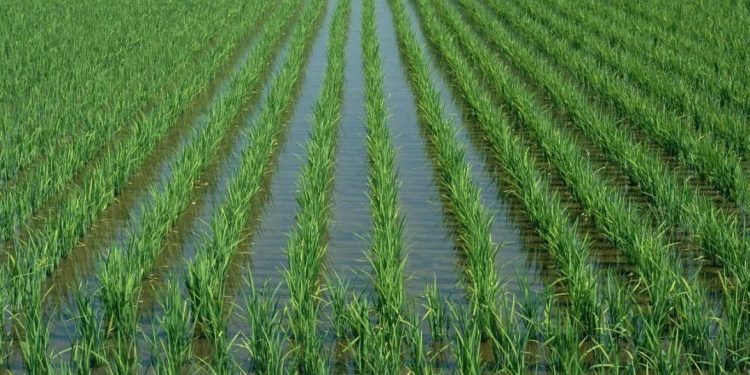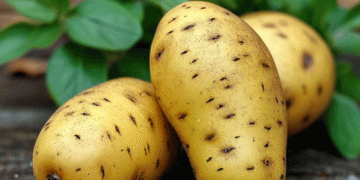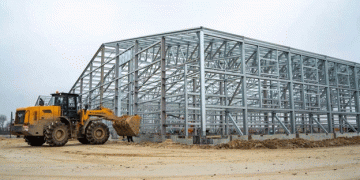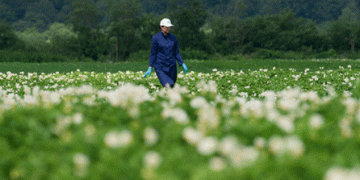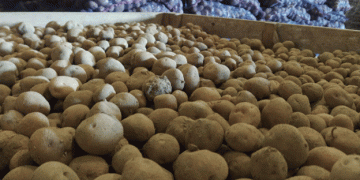#LandPreparation #PaddySeason #WesternUttarPradesh #Agriculture #MonsoonPreparation #CropYield #WaterManagement #SoilHealth
Western Uttar Pradesh is abuzz with agricultural activities as farmers gear up for the upcoming paddy season. With the monsoon expected to arrive in a few weeks, land preparation is in full swing, marking an essential stage in ensuring a successful harvest.
Land preparation is a crucial step in agriculture, especially when it comes to cultivating paddy, a staple crop in Western Uttar Pradesh. Farmers in the region understand the importance of preparing their land well in advance of the monsoon season to maximize their yield potential. The process typically involves several key steps, including plowing, leveling, and ensuring adequate water management.
Plowing: Plowing is the initial step in land preparation. It involves the use of tractors or plows to turn over the soil, breaking up any compacted layers and allowing for better water infiltration. This loosening of the soil also helps improve aeration and nutrient availability, creating a favorable environment for seed germination.
Leveling: After plowing, leveling the field becomes necessary. This process ensures an even distribution of water during irrigation, preventing waterlogging in some areas while ensuring sufficient water reaches all parts of the field. Leveling is often done using various implements like land graders or laser leveling systems, resulting in a smooth and uniform surface.
Water Management: Efficient water management is vital for paddy cultivation. Farmers create channels or bunds to control the flow of water across the field. These channels help prevent excessive runoff, ensure proper irrigation, and facilitate drainage, reducing the risk of waterlogging. Effective water management also aids in controlling weeds and pests, leading to healthier crop growth.
Proper land preparation plays a significant role in determining the success of the upcoming paddy season for farmers in Western Uttar Pradesh. Here are some of the anticipated consequences of the ongoing land preparation activities:
Increased Crop Yield: By preparing the land adequately, farmers can create optimal growing conditions for paddy. Proper soil aeration, nutrient availability, and water management contribute to healthier plant growth and higher crop yields, ultimately improving farmers’ livelihoods.
Reduced Crop Loss: Well-prepared land minimizes the risk of waterlogging, which can lead to crop damage and yield loss. Effective water management techniques, such as proper leveling and channeling, help prevent excessive moisture buildup and ensure the crops receive the right amount of water at each growth stage.
Weed and Pest Control: The land preparation process, including plowing, helps in weed control by uprooting and burying weed seeds. It also disrupts the habitat of certain pests, reducing their populations. Proper water management further aids in controlling weeds and pests, leading to healthier crops and reducing the need for excessive pesticide use.
Enhanced Soil Health: Land preparation practices, such as plowing, promote soil aeration, which is crucial for root development and nutrient uptake. Additionally, leveling helps prevent soil erosion and improves water infiltration, contributing to the overall health and fertility of the soil.
As the monsoon approaches, farmers in Western Uttar Pradesh are actively engaged in land preparation for the upcoming paddy season. The careful execution of plowing, leveling, and water management techniques will pave the way for improved crop yields, reduced losses, and enhanced soil health. The significance of proper land preparation cannot be understated, as it sets the stage for a productive and prosperous agricultural season for farmers in the region.
